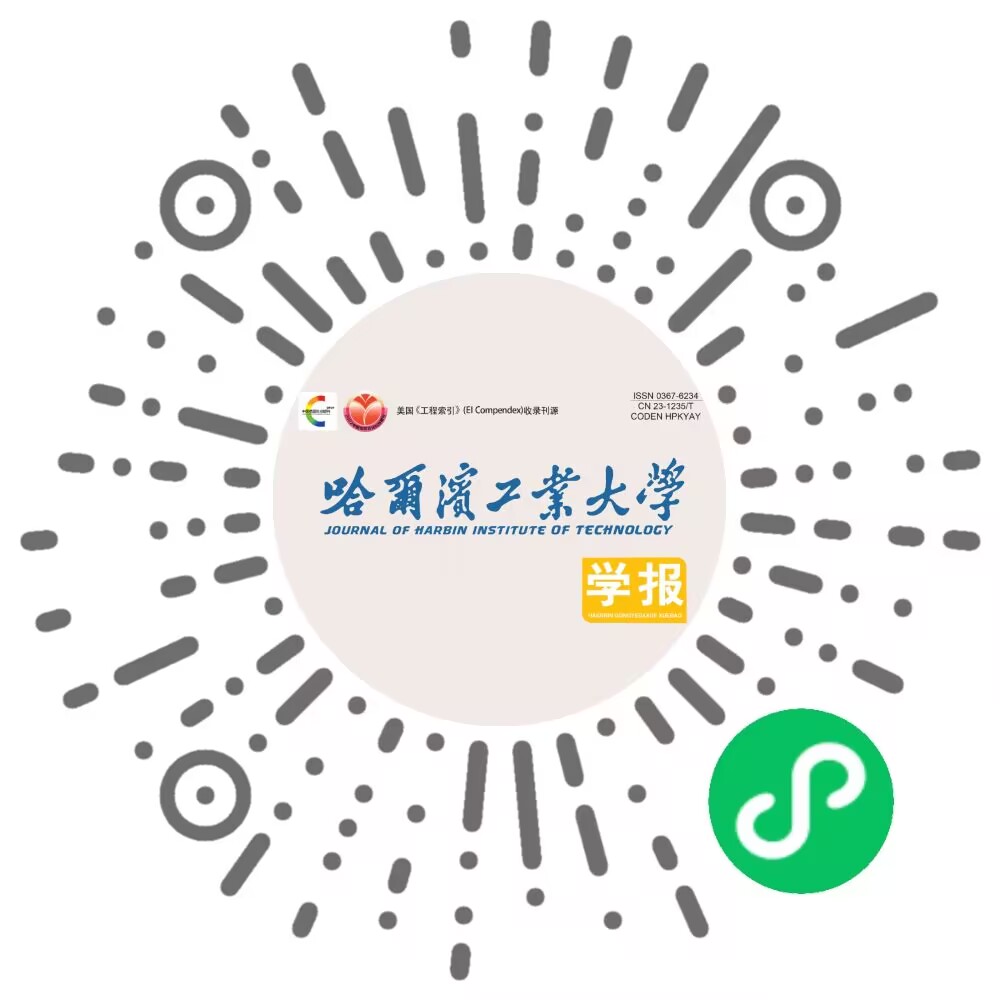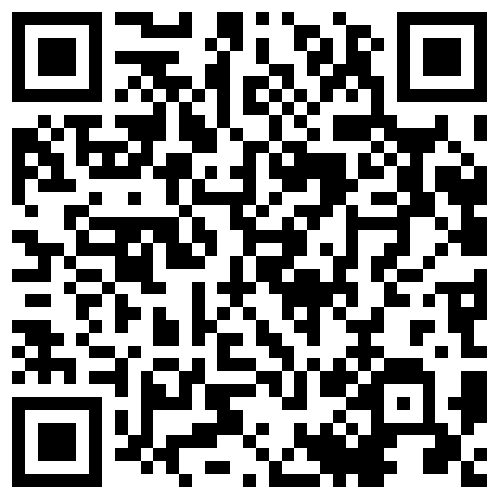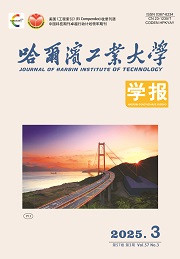| 引用本文: | 罗玚,周凤玺,马强.冻融循环条件下铅离子在非饱和黄土中的迁移规律[J].哈尔滨工业大学学报,2025,57(3):110.DOI:10.11918/202403009 |
| LUO Yang,ZHOU Fengxi,MA Qiang.Migration law of lead ions in unsaturated loess under freeze-thaw cycle condition[J].Journal of Harbin Institute of Technology,2025,57(3):110.DOI:10.11918/202403009 |
|
| |
|
|
| 本文已被:浏览 40次 下载 58次 |

码上扫一扫! |
|
|
| 冻融循环条件下铅离子在非饱和黄土中的迁移规律 |
|
罗玚1,2,周凤玺1,马强3
|
|
(1.兰州理工大学 土木工程学院,兰州 730050;2.兰州工业学院 土木工程学院,兰州 730050; 3.青海大学 土木工程学院,西宁 810000)
|
|
| 摘要: |
| 为探究冻融循环条件下非饱和黄土中铅离子的迁移规律,开展了吸附试验及冻融循环条件下铅离子迁移土柱试验,并基于热质守恒原理建立了非饱和土中污染物迁移的耦合数学模型,同时利用COMSOL Multiphysics多物理场仿真软件对模型进行数值求解,结合土柱试验评估了耦合模型的可靠性,探讨了各物理量的变化规律。结果表明:冻融循环条件下,土柱温度变化滞后于循环温度的变化,虽然冻融循环使土体渗透性明显减弱,液态水通量急剧下降,但液态水通量减小并未完全阻碍污染物向冻结区迁移,离子扩散作用还会导致土体冻结区出现污染物,进而引起冻结区土体污染物吸附浓度增长,96 h时土柱顶端污染物质量浓度达0.204 g/L,污染物吸附浓度达3.62×10-7 kg/kg;冻融循环条件下污染物结晶出现在土柱下部,结晶体积分数最大值维持在4%左右,同时污染物结晶产生的膨胀量约占土体总位移的9%左右,远小于冰晶体膨胀位移量;负温梯度减小,污染物溶解度增大,析出的污染物晶体部分重新溶解,部分冰晶体也重新融化,两者叠加使土柱顶点位移呈波浪式缓慢增长。 |
| 关键词: 冻融循环 非饱和黄土 铅离子 迁移 |
| DOI:10.11918/202403009 |
| 分类号:TU431 |
| 文献标识码:A |
| 基金项目:国家自然科学基金(2,6);甘肃省重点研发计划(23YFFA0063);甘肃省教育厅高校教师创新基金(2023A-164) |
|
| Migration law of lead ions in unsaturated loess under freeze-thaw cycle condition |
|
LUO Yang1,2,ZHOU Fengxi1,MA Qiang3
|
|
(1.College of Civil Engineering, Lanzhou University of Technology, Lanzhou 730050, China; 2.College of Civil Engineering, Lanzhou Institute of Technology, Lanzhou 730050, China; 3.College of Civil Engineering, Qinghai University, Xining 810000, China)
|
| Abstract: |
| In order to explore the migration law of lead ions in unsaturated loess under freeze-thaw cycle condition, this paper conducted adsorption experiment and soil column experiment on lead ion migration under freeze-thaw cycle condition. Based on the principle of heat mass conservation, a coupled mathematical model for pollutant migration in unsaturated soil was established. At the same time, the COMSOL multiphysics simulation software was used to numerically solve the model. The reliability of the coupled model was evaluated in combination with soil column experiment, and the variation laws of various physical quantities were explored. Research has shown that under the freeze-thaw cycling condition, the temperature change of the soil column lags behind the change in cycling temperature. Although freeze-thaw cycling significantly reduces soil permeability and sharply decreases liquid water flux, the decrease in liquid water flux does not completely hinder the migration of pollutants to the freezing zone. Ionic diffusion can also cause pollutants to appear in the frozen zone of the soil, leading to an increase in the adsorption concentration of pollutants in the frozen zone. At 96 hours, the mass concentration of pollutants at the top of the soil column reached 0.204 g/L, and the adsorption concentration of pollutants reached 3.62×10-7 kg/kg; Under freeze-thaw cycle condition, pollutant crystallization occurs at the lower part of the soil column, with a maximum crystal volume content of around 4%. At the same time, the expansion caused by pollutant crystallization accounts for about 9% of the total soil displacement, which is much smaller than the expansion displacement of ice crystals. The negative temperature gradient decreases, the solubility of pollutants increases, and some of the precipitated pollutant crystals dissolve again. Some of the ice crystals also melt again, and the combination of the two causes the displacement of the soil column vertex to slowly increase in a wave like manner. |
| Key words: freeze-thaw cycle unsaturated loess lead ions transfer |
|
|
|
|







